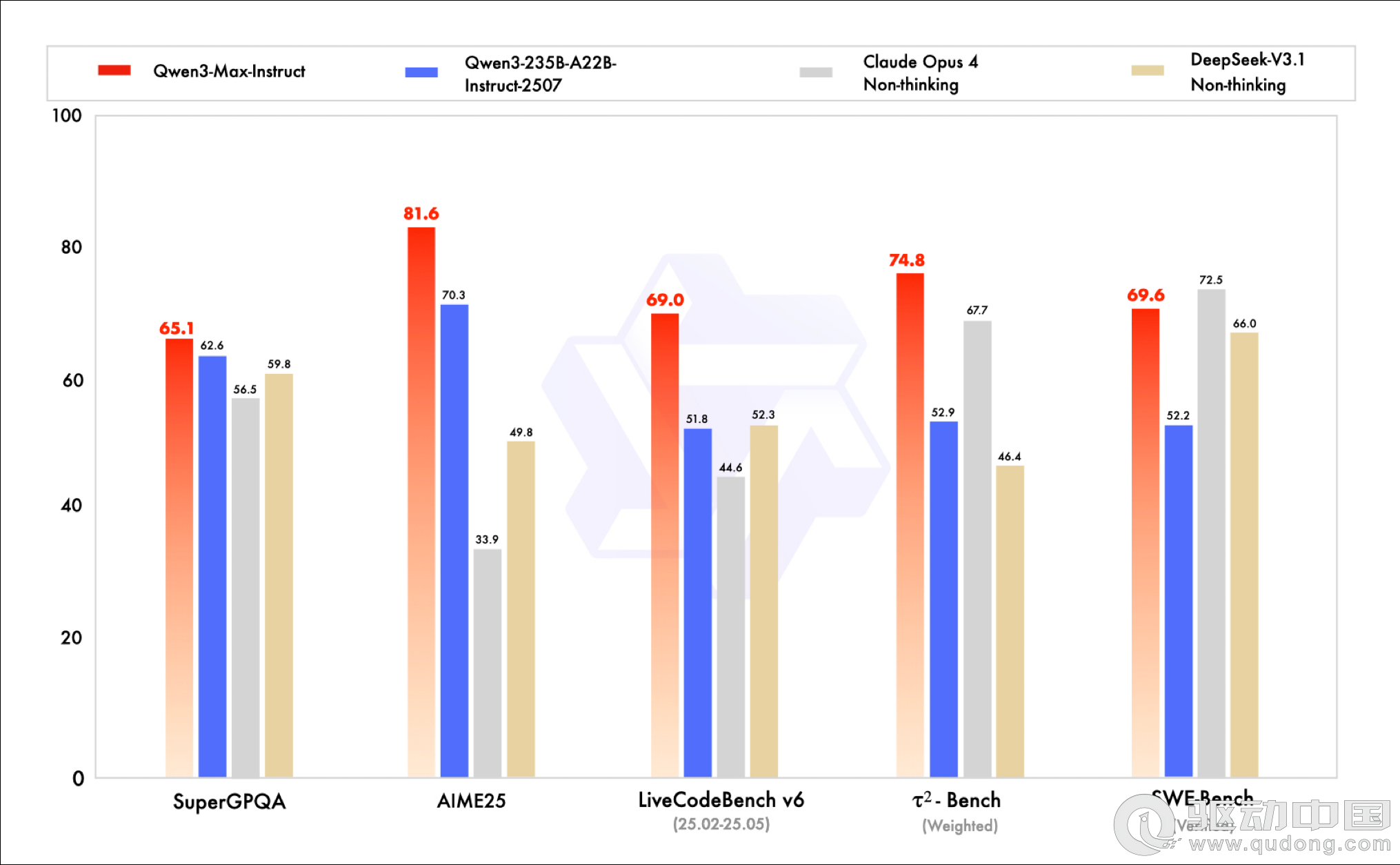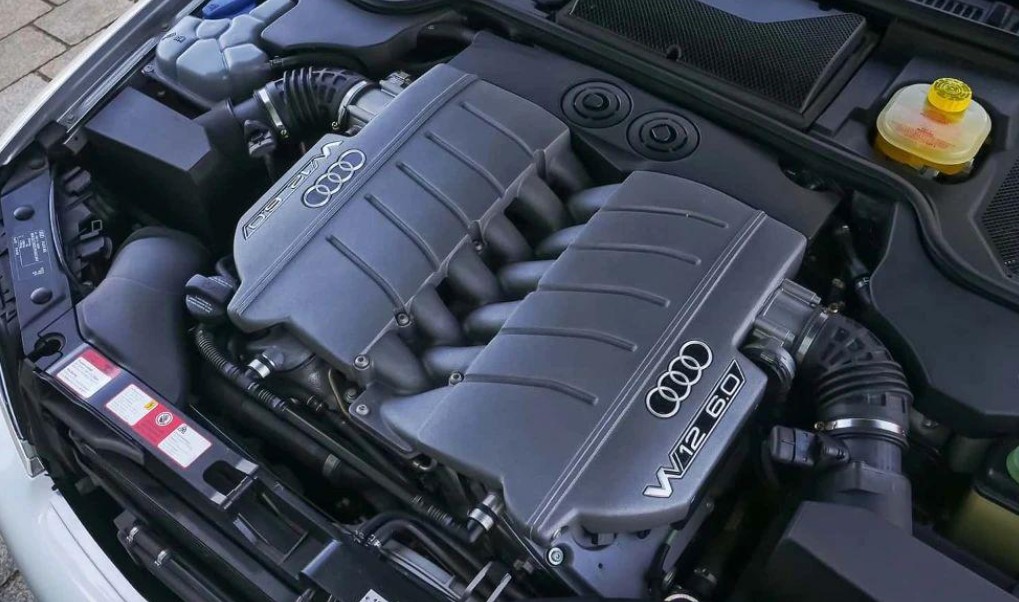解决JSP中使用request乱码问题
经常在讨论区看到有人问我的JSP显示中文有乱码怎么办,我用request得到的用户输入的中文怎么是乱码,我把汉字写到数据库怎么是乱码,等等一些关于汉字乱码的问题。
其实这个问题很简单,管它汉字不汉字,还是日文,还是其他的什么双字节的语言,我们一律把它当作UTF-8看待。
(一)request中的双字节文字
好下面我们就来实现在整个应用程序中使用UTF-8编码工作,之所以选择UTF-8不仅仅之于上述原因,我们知道java的就是基于在UTF-8之上的,所以我们选择UTF-8应该没错^_^
我们首先把我们的.java, .jsp文件都用UTF-8编码来保存,如果以前的没有用UTF-8保存也无所谓,但是建议以后写的都用UTF-8来保存。
并在.jsp里面写:<%@page contentType="text/html; charset=UTF-8"%>而不是<%@page contentType="text/html; charset=UTF-8"%>
然后在web.xml添加下面一段:
<web-app>
...
<filter>
<filter-name>Set Character Encoding</filter-name>
<filter-class>com.redv.projects.eduadmin.util.filters.SetCharacterEncodingFilter</filter-class>
<init-param>
<param-name>encoding</param-name>
<param-value>UTF-8</param-value>
</init-param>
</filter>
<filter-mapping>
<filter-name>Set Character Encoding</filter-name>
<url-pattern>/*</url-pattern>
</filter-mapping>
...
</web-app>
其中com.redv.projects.eduadmin.util.filters.SetCharacterEncodingFilter的代码如下:
package com.redv.projects.eduadmin.util.filters;
import java.io.IOException;
import javax.servlet.Filter;
import javax.servlet.FilterChain;
import javax.servlet.FilterConfig;
import javax.servlet.ServletException;
import javax.servlet.ServletRequest;
import javax.servlet.ServletResponse;
import javax.servlet.UnavailableException;
import javax.servlet.http.HttpServletRequest;
import javax.servlet.http.HttpServletResponse;
public class SetCharacterEncodingFilter
implements Filter {
protected String encoding = null;
protected FilterConfig filterConfig = null;
protected boolean ignore = true;
public void destroy() {
this.encoding = null;
this.filterConfig = null;
}
public void doFilter(ServletRequest request, ServletResponse response,
FilterChain chain) throws IOException, ServletException {
// Conditionally select and set the character encoding to be used
if (ignore || (request.getCharacterEncoding() == null)) {
String encoding = selectEncoding(request);
if (encoding != null) {
request.setCharacterEncoding(encoding); //就是这句话在工作的啦,哈哈,它:Overrides the name of the character encoding used in the body of this request. This method must be called prior to reading request parameters or reading input using getReader().
}
}
// Pass control on to the next filter
chain.doFilter(request, response);
}
public void init(FilterConfig filterConfig) throws ServletException {
this.filterConfig = filterConfig;
this.encoding = filterConfig.getInitParameter("encoding");
String value = filterConfig.getInitParameter("ignore");
if (value == null) {
this.ignore = true;
}
else if (value.equalsIgnoreCase("true")) {
this.ignore = true;
}
else if (value.equalsIgnoreCase("yes")) {
this.ignore = true;
}
else {
this.ignore = false;
}
}
protected String selectEncoding(ServletRequest request) {
return (this.encoding);
}
}
这样,我们的request请求就是以UTT-8编码的,在JSP程序中就可以使用:request.getParameter("myKey")来直接得到UTF-8编码的字符串了,而不需要像这样:new String(request.getParameter("myKey").getBytes("ISO-8859-1"), "GBK")来解决那些乱码了。http://www.devdao.com/
(二)数据库处理的双字节文字 http://www.upas.org/java/DatabaseEncodingProblemSolution/
另外一个,就是写入数据库的问题,我们知道我们在使用mysql的时候可以改用这样的url来处理汉字编码问题:jdbc:mysql://localhost:3306/upas?useUnicode=true&characterEncoding=gb2312,
那么对于那些我们无法像mysql这样解决的怎么办呢?难道我们每次都这样写吗:
import java.sql.*;
Class.forName("org.gjt.mm.mysql.Driver");
Connection con = null;
PreparedStatement pstmt = null;
ResultSet rs = null;
try {
con = DriverManager.getConnection("jdbc:mysql://localhost:3306/test", "root", "");
pstmt = con.prepareStatement("SELECT f3, f4 FROM tbl1 WHERE f1 = ? AND f2 = ?");
pstmt.setString(1, new String(f1.getBytes("GBK"), "ISO-8859-1");
pstmt.setString(2, new String(f2.getBytes("GBK"), "ISO-8859-1");
rs = pstmt.executeQuery();
String f3, f4;
while(rs.next()) {
f3 = new String(rs.getString(1).getBytes("ISO-8859-1"), "GBK");
f4 = new String(rs.getString(2).getBytes("ISO-8859-1"), "GBK");
}
}
finally {
//close resouces
...
}
其实我们完全可以这样写:
import java.sql.*;
import com.redv.sql.encoding.*;
Class.forName("org.gjt.mm.mysql.Driver");
Connection con = null;
PreparedStatement pstmt = null;
ResultSet rs = null;
try {
con = DriverManager.getConnection("jdbc:mysql://localhost:3306/test", "root", "");
//接管数据库连接实例
boolean coding = true;
EncodingConnection codingConnection = new EncodingConnection(con, coding, "ISO-8859-1", "GBK");
//获得接管后的数据库连接实例,以后直接使用con已经是经过EncodingConnection重新包装过的实例
con = codingConnection.getConnection();
pstmt = con.prepareStatement("SELECT f3, f4 FROM tbl1 WHERE f1 = ? AND f2 = ?");
pstmt.setString(1, f1);
pstmt.setString(2, f2);
rs = pstmt.executeQuery();
String f3, f4;
while(rs.next()) {
f3 = rs.getString(1);
f4 = rs.getString(2);
}
}
finally {
//close resouces
...
}
看看,怎么样,我们只需要在获取数据库连接的地方稍微修改一下,甚至我们可以把它当作参数保存在 properties里面,改变coding的布尔值来设定是否使用自动编码转换。常常我们可以使用一个Database类来封装获取数据库连接的那段getConnection,以便于我们可以从 javax.sql.DataSource中获取到数据库连接。这个时候我们仅仅需要修改我们的Database类即可,而不用去搜索所有使用了rs.setString(), rs.getString()的地方去加入我们的编码转换代码了。甚至我们在使用con.createStatment()语句时,即使我们sql语句含有汉字或者其它的双字节字符时一样没有问题:
SELECT 姓名, 性别 FROM 学生表 WHERE 班级 LIKE '%计算机%'
评论 {{userinfo.comments}}
-
{{child.nickname}}
{{child.create_time}}{{child.content}}






{{question.question}}
提交
传闻苹果屏下识别技术取得进展 iPhone18系列或首发小号灵动岛
效率与颜值兼得,华为MatePad Air 2025款解锁年终高效生产力体验
昨夜今晨:DeepSeek V3.2发布 东方甄选新增外卖业务 罗永浩宣布召开科技春晚
是巨幕平板,更是性能电脑,华为首款鸿蒙二合一5999元起售
驱动号 更多














































